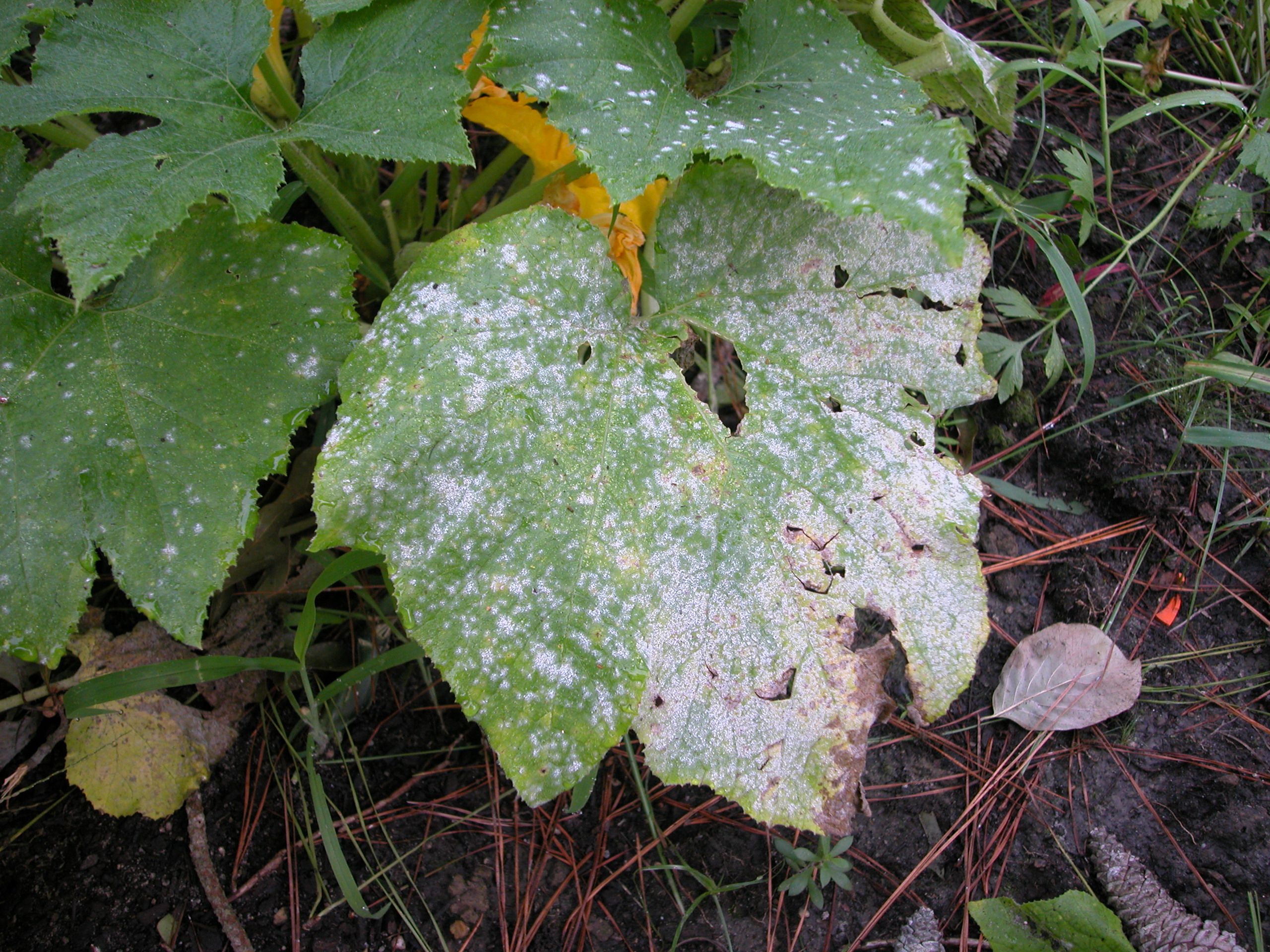
Shrub and tree problems can be a major source of frustration when it comes to keeping your landscape looking its best—particularly when you can’t figure out what’s going wrong. Unfortunately, it’s not uncommon for tree and shrub damage to be occurring right under homeowners’ noses with sneaky tree diseases creeping in or tiny tree bugs munching away.
While there are dozens of common issues, and we aren’t expecting homeowners to make an exact diagnosis of pests or diseases, we want to help you be aware of some of the most common threats and how you can battle them.
If you have trees and shrubs on your property, then you certainly don’t want to worry about them succumbing to disease. Unfortunately, there are several potential fungal infections that could wreak havoc.
Here are some of the most common Texas tree diseases.
Leaf spot diseases can weaken your tree by interrupting it’s photosynthesis process, ultimately leading to leaf loss. Some diseases can remain cosmetic for the most part, while others mean major health issues for plants.
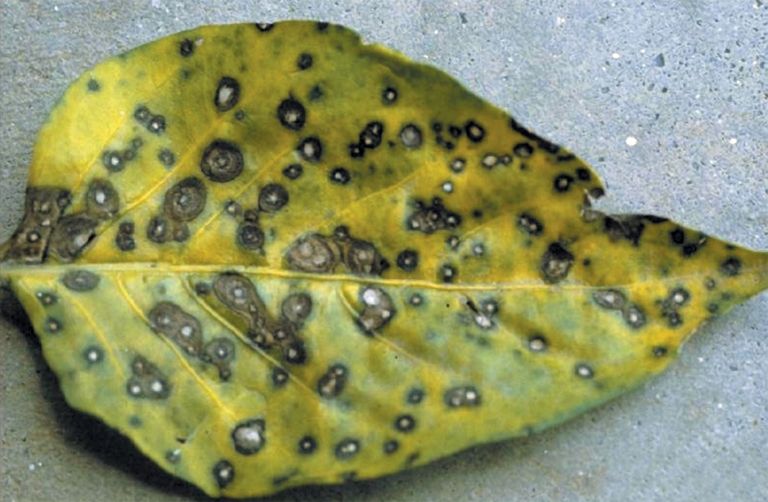
Powdery mildew gets its name as a result of the powdery white substance that appears on an infected tree’s leaf surface. It is the result of millions of tiny fungal spores and will cause a decline in the tree’s vigor, leading to leaf yellowing and browning, distortion, and premature drop.
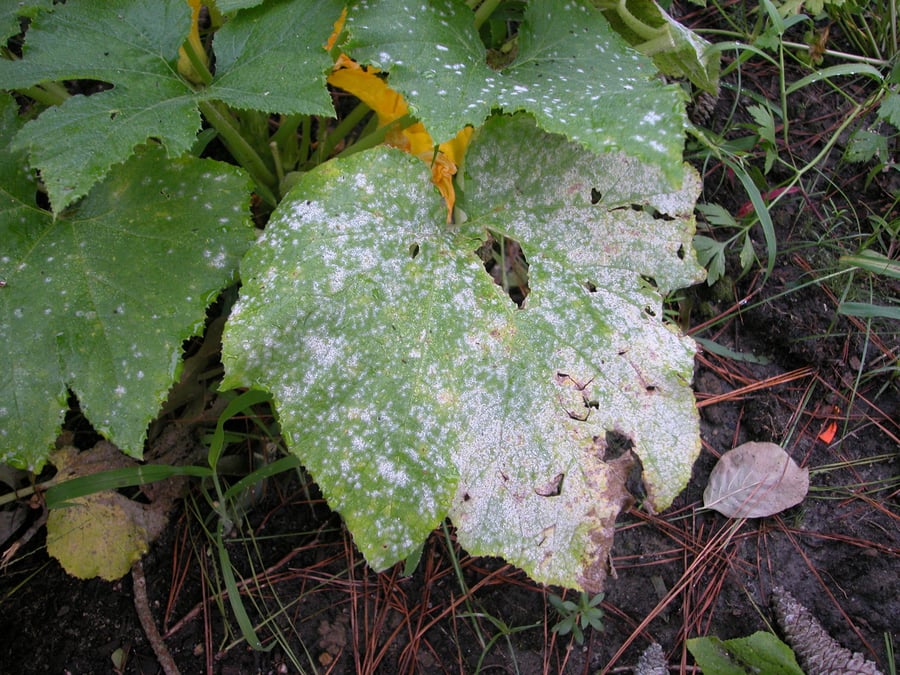
Of the tree fungus problems, Oak Wilt is one of the most serious. In fact, this disease, which is caused by the fungus Bretziella fagacearum, is one of the most destructive tree diseases in the entire United States. According to research, it is killing oak trees in epidemic proportions in Texas. The fungus invades and disables the water conducting system in susceptible trees. While all oaks can be infected, some species of oak are more susceptible than others. Red oak is at a higher risk.
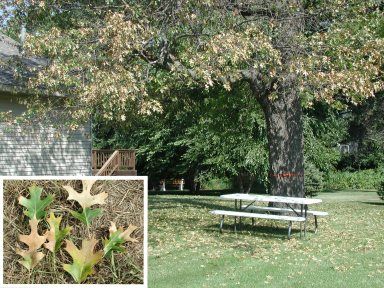
This group of related fungal leaf and stem diseases has been known to most commonly infect deciduous trees including Dogwood, Maple, Oak, Sycamore, Ash, and others. Symptoms include small dead spots on leaves, browning areas along leaf veins, premature defoliation, twig death, and dying buds in the early season, which can be misidentified as frost damage.
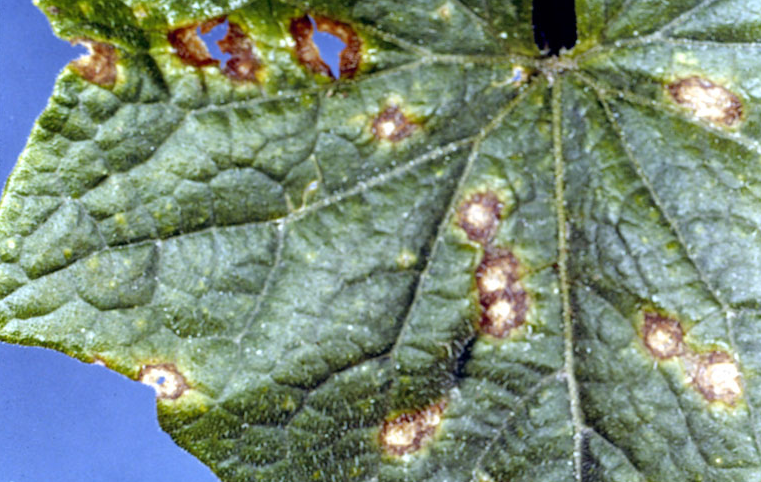
Of course, tree and shrub diseases are not the only concern. Trees and shrubs can also be subject to pest damage. Here are some of the potential Texas tree pests that should be on your radar.
True to its name, the bagworm is best recognized by the casing or “bag” that this pest forms from a combination of silk and pieces of the host tree’s foliage. The bagworm will set up its sleeping quarters by suspending itself in the cone-like bag and hang from your tree. Bagworm larvae injure plants rapidly by feeding on its needles and leaves.
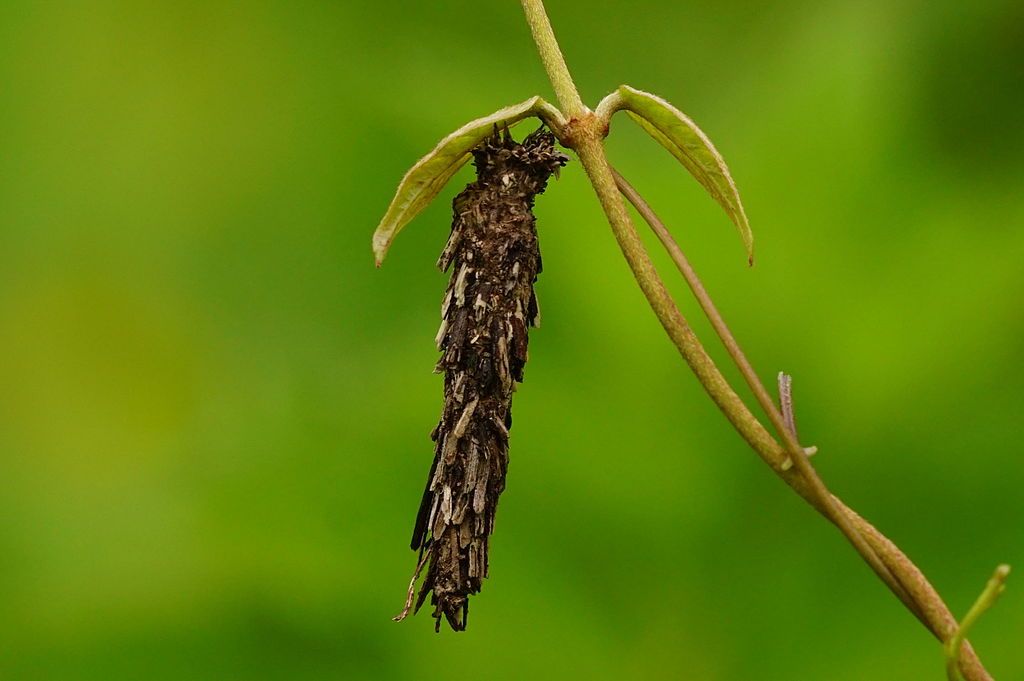
Under a quarter-inch in size, aphids have pear-shaped bodies with long antennae and include a variety of species which range in color from white, black or brown to gray and green. They tend to feed in groups and prefer new growth on your trees and shrubs. Aphid damage can cause yellowing leaves, and you may also notice foliage or stems covered in a sticky substance called “honeydew.” This is a telltale sign that aphids have been sucking tree sap. Unfortunately, the secretion of this sweet honeydew has the unwanted side effect of attracting other pests like bees or flies.
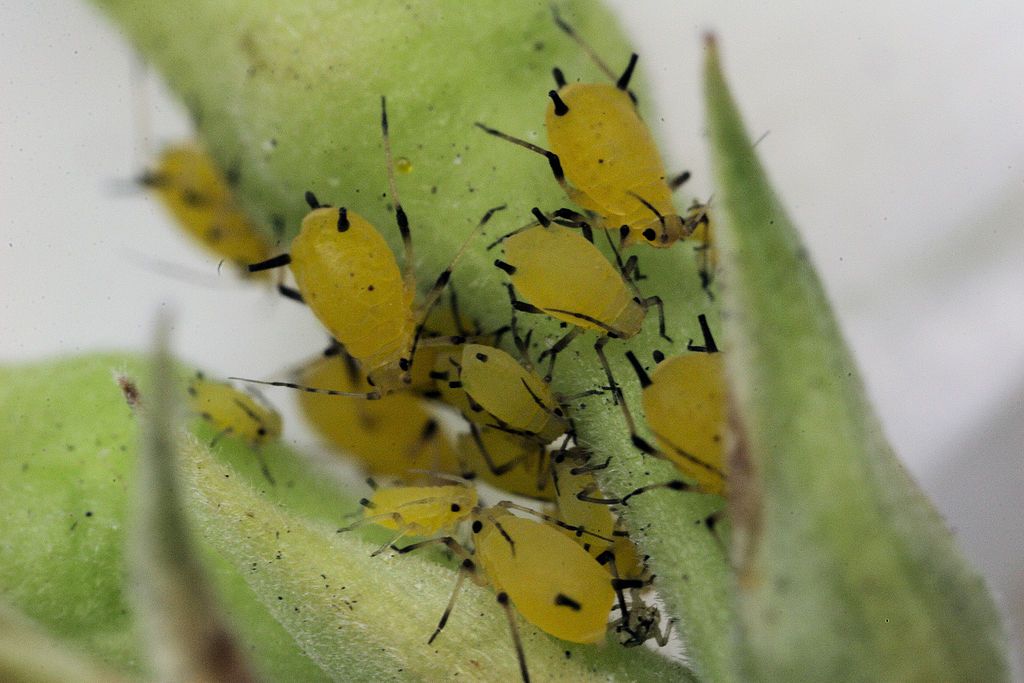
Scale insects are another of the sap-feeding tree pests that ought to be on your radar. These insects use their piercing-sucking mouthparts to drain fluids from your plants. The result of scale insects infesting your trees and shrubs can be seen in yellowing or wilting leaves. This is another honeydew producing pest, so you may notice that your plants appear shiny or wet. It can ultimately lead to black sooty mold growing on top of the sticky substance.
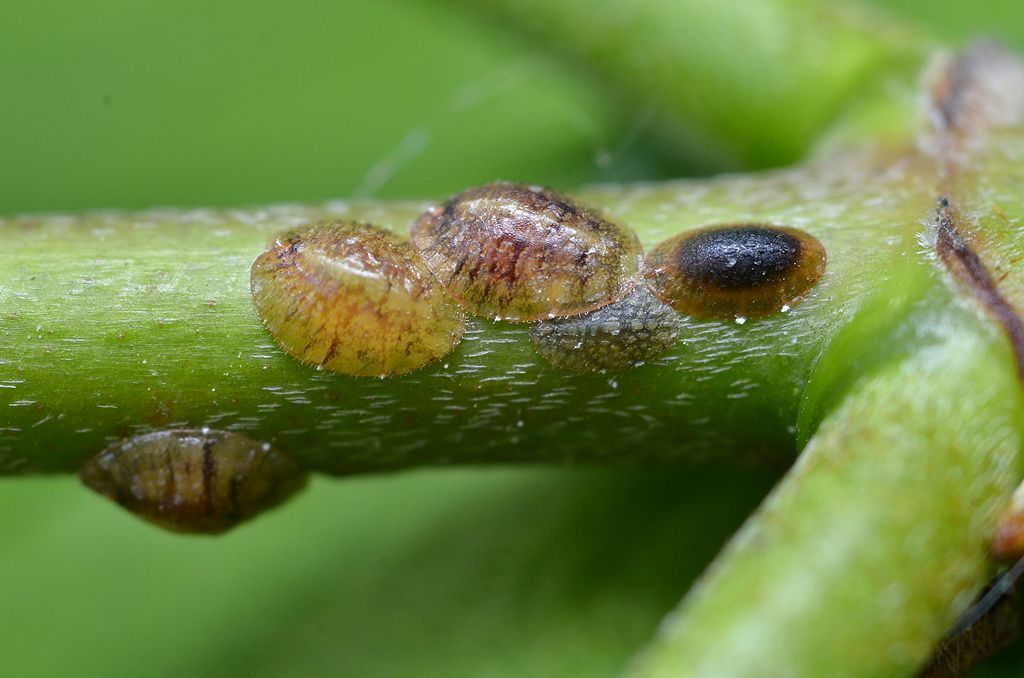
These medium to large insects have chewing mouthparts that damage plants by defoliation. Though they prefer garden vegetables if you have them, grasshoppers will also feed on the foliage of trees and shrubs. While larger trees are less likely to see serious damage simply due to their size, smaller trees and shrubs can experience significant and noticeable damage.
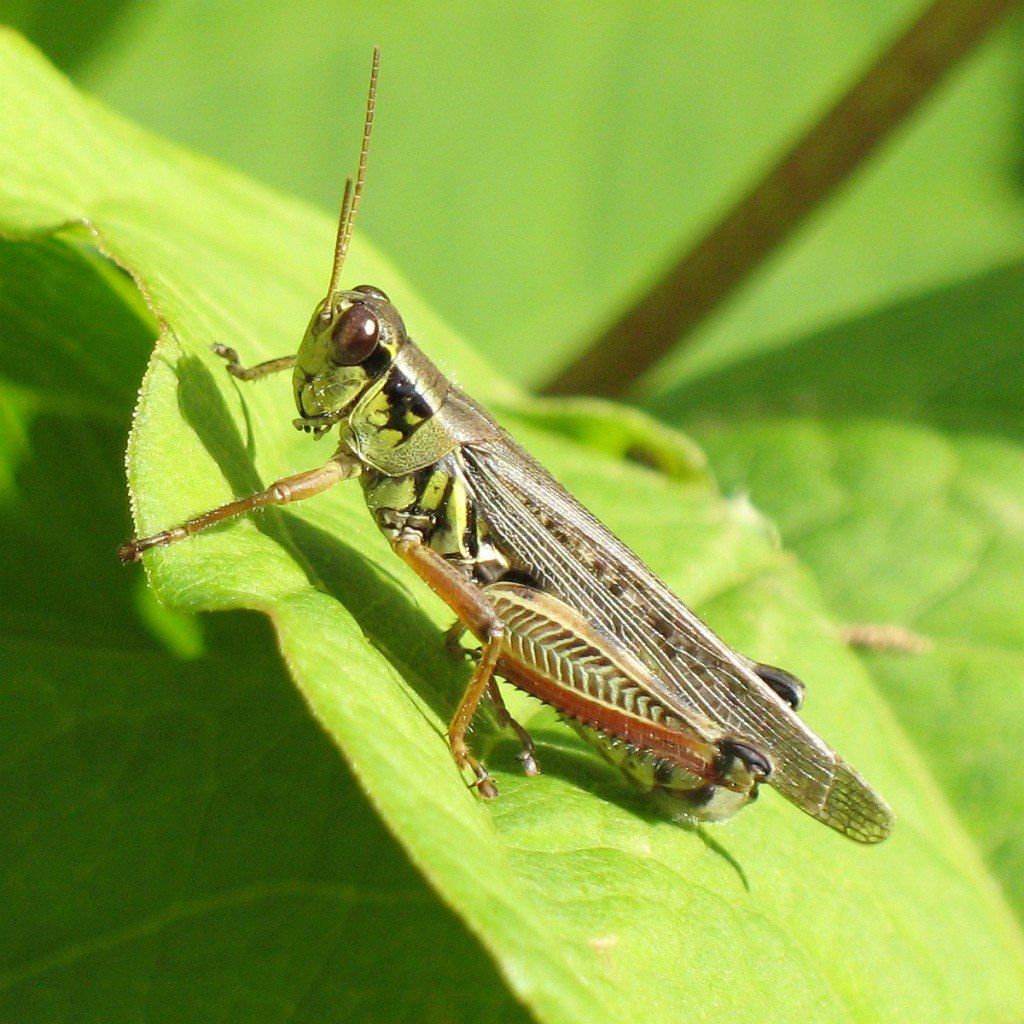
Though not actually classified as landscape insects (they are instead a type of arachnid), spider mites are a pest that can cause a lot of damage by sucking the cell content from leaves. Spider mites are extremely tiny at less than 1/20-inch long and barely visible to the naked eye. What you will notice is their damage. You may see stippled or yellowed leaves before ever spotting an actual mite. Spider mites can also leave webbing amongst foliage.
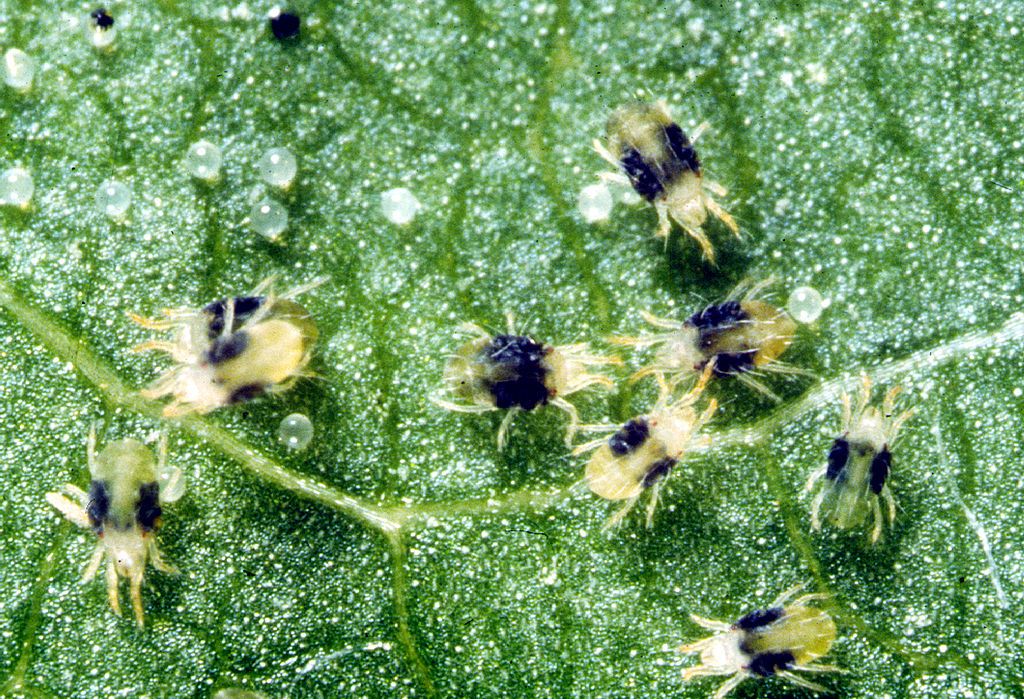
The fact is, this is only a sampling of what your plants might be dealing with. With so many different shrub and tree bugs and diseases out there, you might be feeling a bit overwhelmed.
How can you protect your valuable plants?
The answer is plant health care.
At Grassperson, our plant health care treatments are for plants like flowers, shrubs, and ornamental trees (typically those 20 feet or smaller). We do not address mature trees. That is a task best left in the hands of an arborist.
Our program includes preventative treatments in an effort to be proactive and prevent a lot of these common shrub and tree problems in the first place. However, we can also implement curative treatments to address specific concerns as they may arise.
At Grassperson, we’re focused on preventing problems from occurring and catching them early when they do. We always have a close eye on your property when we’re there and by partnering with you (and your new early diagnostic skills), we’ll be able to tackle problems that challenge the health of your property and protect some of your property’s biggest assets–your trees and shrubs!
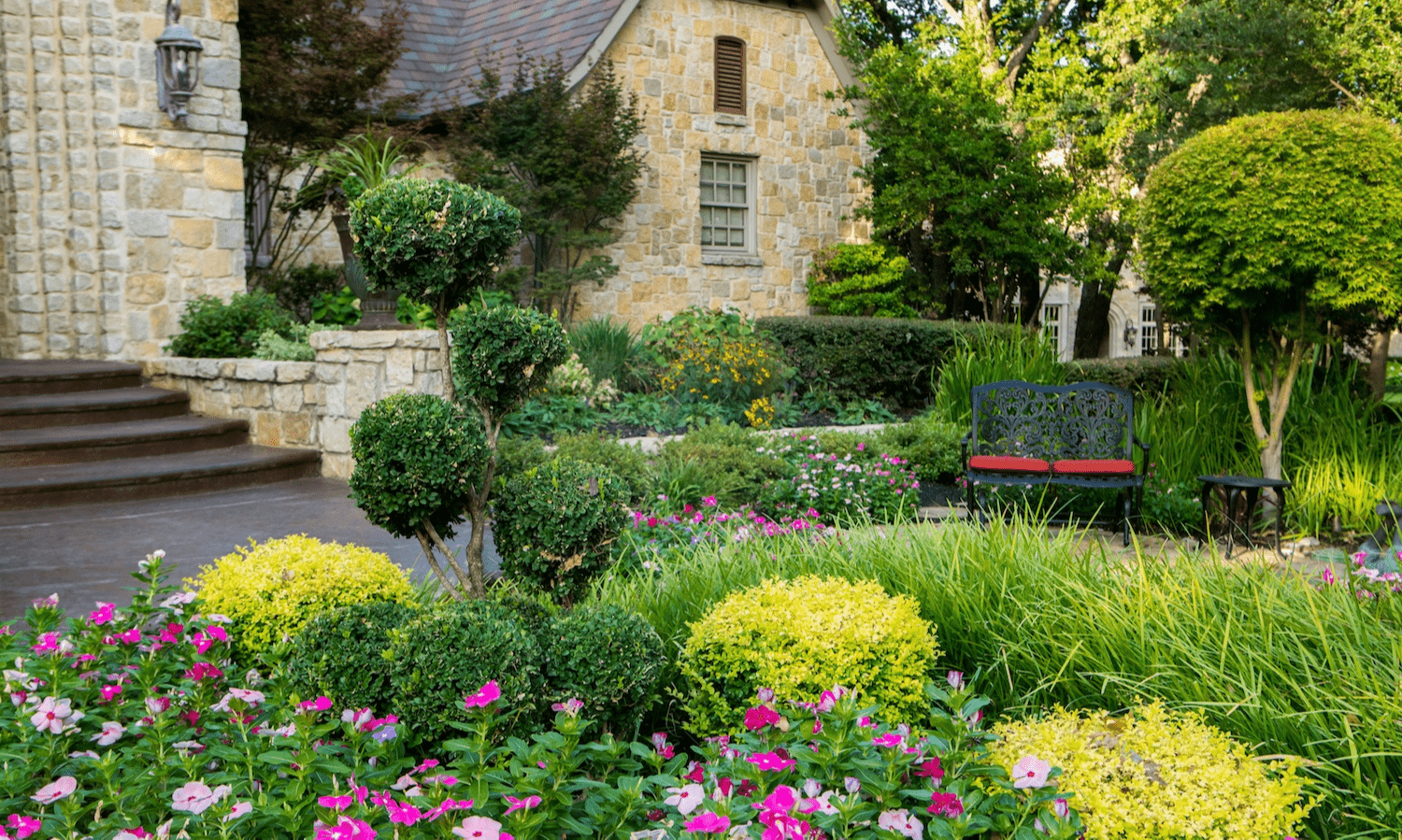
That means you can get back to enjoying your beautiful landscape and stop worrying about it succumbing to problems like pests and disease. We believe you deserve that peace of mind.
Ready to gain confidence that your plants are being protected at your Flower Mound, Highland Village, or Lewisville, TX home? Get a free quote and get ready to have the best property on the block!
Image sources: leaf spot, powdery mildew, oak wilt, anthracnose, bagworm, aphids, scale, grasshopper, spider mites
These Stories on Landscape